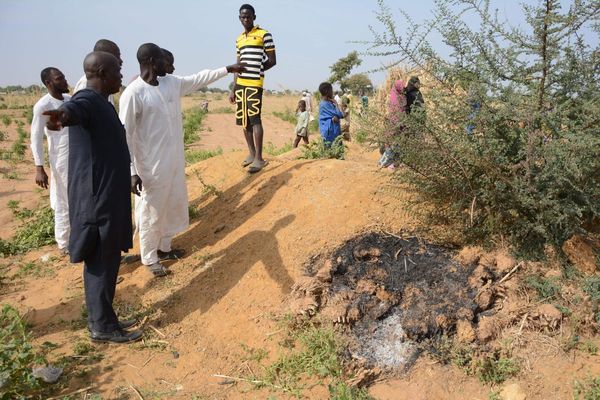/https://static.texastribune.org/media/files/b09a21b75029047cbfd6e0fd02bb31a3/Austin%20Power%20Plant%20EG%20TT%2026.jpg)
The Texas A&M University System on Wednesday invited developers to submit proposals for building a network of gas-fired power plants on university-owned land around the state. Called “peakers,” the plants are designed to turn on for short periods when the state power grid is strained.
The peakers are designed to operate for only a few hundred hours out of the year, according to Doug Lewin, author of The Texas Energy and Power Newsletter. Lewin said such plants can help fill in occasional gaps between rocketing demand for electricity and not enough supply.
The A&M System identified roughly 30 sites where intersecting power and gas lines make the land viable for peaker plants. The system would prefer to build the plants near its campuses, but the Public Utility Commission of Texas will hammer out the logistics, according to John Sharp, chancellor of the A&M System.
“This will help ensure our campuses and their local communities never go dark again, while adding power to help ensure all of Texas is protected,” Sharp said in a written statement.
The construction projects could be eligible for low-interest loans from the Texas Energy Fund, which the Legislature created during last year’s session and funded with $5 billion thus far. Texas voters approved the fund in response to the 2021 winter storm that shut down electricity and heat for millions across the state and caused hundreds of deaths.
Even with that financial incentive, Ed Hirs, an energy fellow at the University of Houston, expressed pessimism that the loans will be enough to attract companies into building the peakers. Utility companies earn the most money on the Texas grid when the price they earn for selling electricity surges along with demand, which is a situation peakers are designed to help prevent. Hirs said the economic structure discourages companies from adding more supply to the grid.
Joshua Rhodes, a research scientist at the University of Texas at Austin, said he believes that companies are becoming more open to investing in new power generation because the cost of electricity has consistently stayed higher in recent years and because of recently passed state financial incentives.
Lewin and Hirs both said that if companies build peakers, it’s crucial that they are weatherized so the plants can operate in freezing conditions.
The PUC plans to begin accepting loan applications for the Texas Energy Fund on June 1.
Disclosure: Texas A&M University, Texas A&M University System, the University of Texas at Austin and the University of Houston have been financial supporters of The Texas Tribune, a nonprofit, nonpartisan news organization that is funded in part by donations from members, foundations and corporate sponsors. Financial supporters play no role in the Tribune's journalism. Find a complete list of them here.
We’ve got big things in store for you at The Texas Tribune Festival, happening Sept. 5–7 in downtown Austin. Join us for three days of big, bold conversations about politics, public policy and the day’s news.







